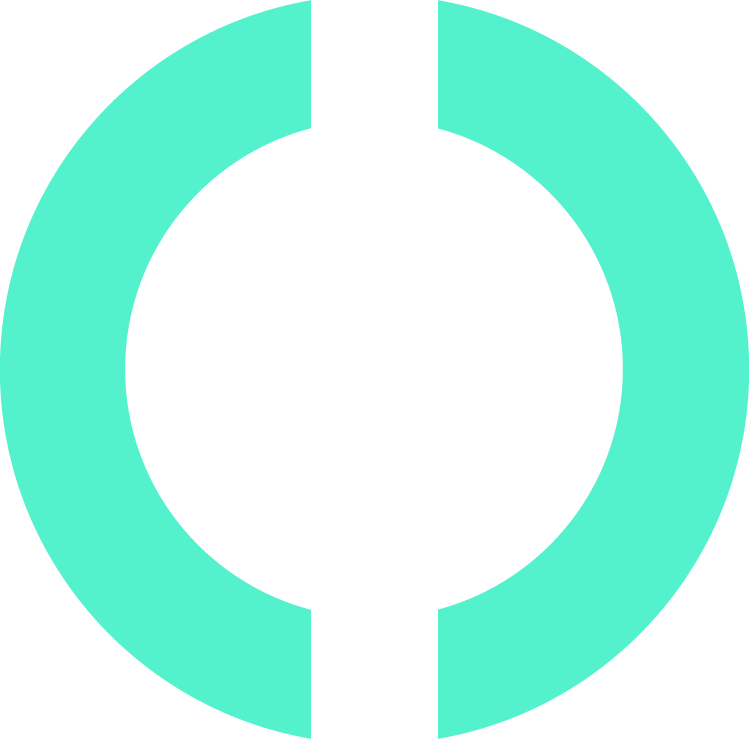Exploring the Capabilities of ChatGPT in Generating SVG Shapes

In my recent testing of ChatGPT, I wanted to see if the model was capable of generating shapes with SVG. My goal was to test its ability to generate simple shapes like squares and circles, as well as more complex shapes like hearts and stars.
To start, I asked ChatGPT to generate an SVG of a circle. The model was able to generate the code for a red circle, which was a good start. I then asked it to generate an SVG of a square, and it generated the code for a blue square. This demonstrated that ChatGPT was able to generate basic shapes with SVG.
However, when I asked it to generate more complex shapes, the model struggled to generate accurate representations. For example, when I asked it to generate an SVG of a heart, the shape it generated was not quite accurate. The shape was more like the shape of a almond.
Next, I asked ChatGPT to generate an SVG of a star. The model was able to generate a shape that had the bottom part of a star, but it was missing the top points of the star.
Lastly, I asked it to generate an SVG of a Yin Yang symbol. The model was able to generate the basic shape of the symbol, but it was missing the teardrop shapes that are a key part of the Yin Yang symbol.
Overall, my testing of ChatGPT’s ability to generate shapes with SVG showed that the model is capable of generating simple shapes like squares and circles with relative ease, but when it comes to more complex shapes like hearts and stars, it struggles to generate accurate representations.
I think this is an interesting example of the limitations of current language models. While ChatGPT is a powerful tool for generating text, it is not yet advanced enough to generate complex visual shapes with precision. However, as language models continue to improve and evolve, it is likely that they will become increasingly capable of handling more complex tasks like generating SVG shapes.
In conclusion, while ChatGPT is a powerful tool for generating text, it is not yet advanced enough to generate complex visual shapes with precision. However, as language models continue to improve and evolve, it is likely that they will become increasingly capable of handling more complex tasks like generating SVG shapes.
